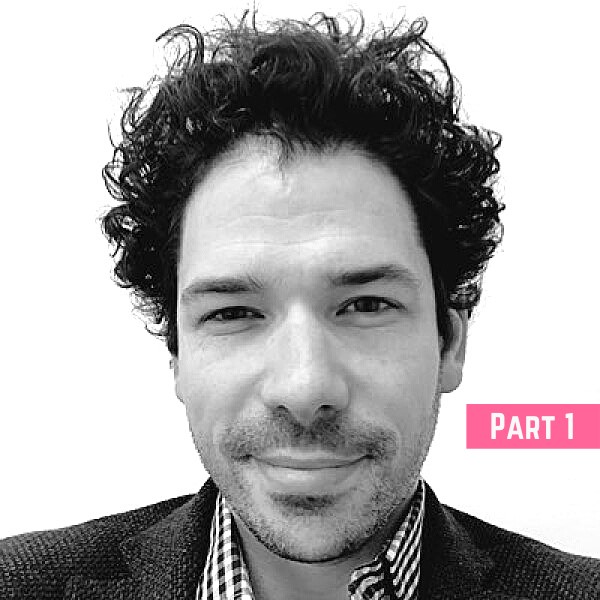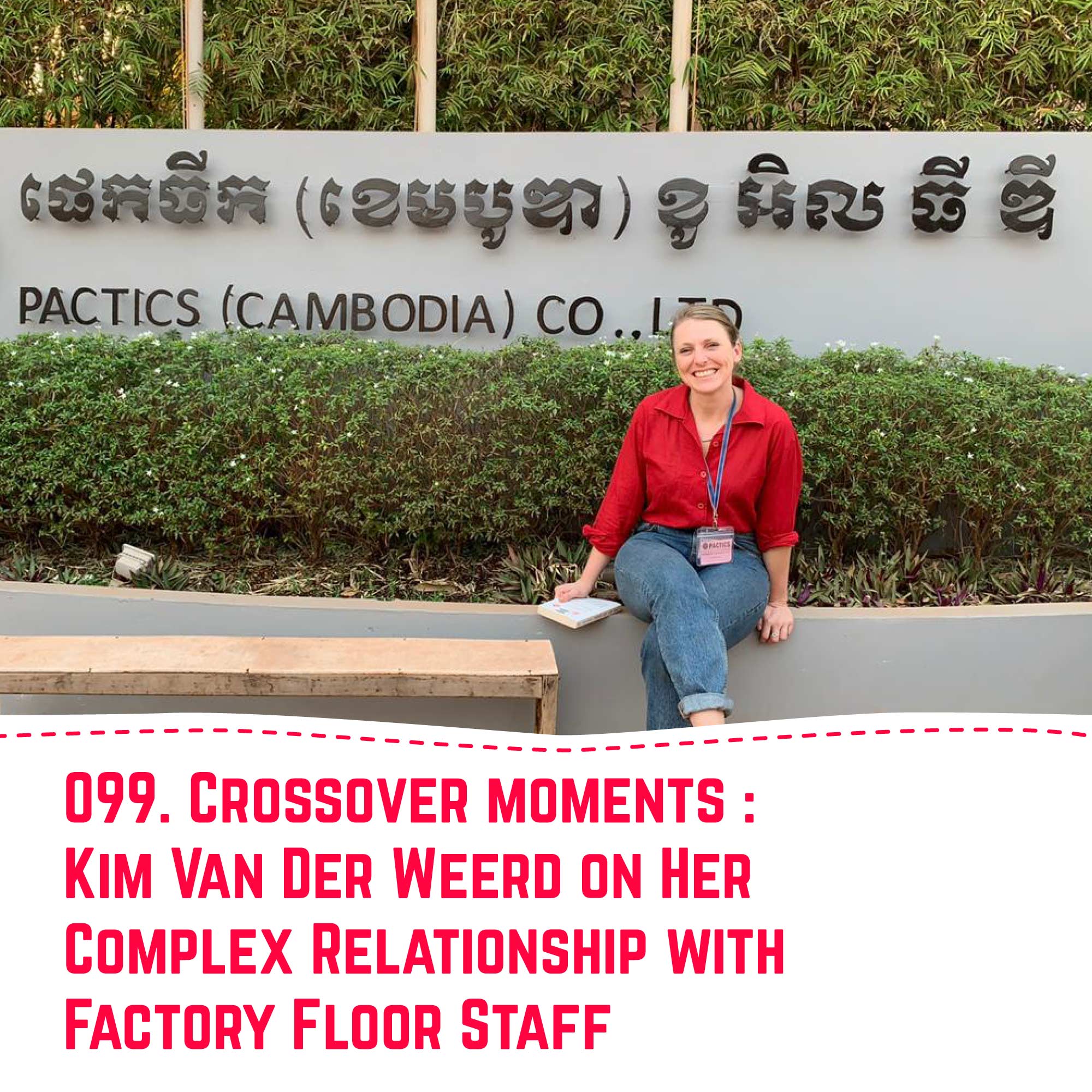Did you know that it’s not only brands who have sustainability departments? Many manufacturers have sustainability departments, too. This week we are so fortunate to talk to Matthew Guenther, the Senior Environmental Sustainability Manager for an Asia-based apparel manufacturer. Matthew has been based in Asia for about ten years, and his background is in environmental policy and science.
So, what does someone leading sustainability for a manufacturer actually do? The manufacturer for which Matthew works has numerous production facilities. He shares how his strategy has shifted away from prescriptive, top-down approaches, in favor of giving production facilities ownership over their own sustainability stories.
Throughout season 1 of this podcast, we’ve repeatedly heard about suppliers leading the push for sustainability and trying to convince brands to change their behavior. The manufacturer for which Matthew works is no exception. A big part of Matthew’s job is educating customers, brands, about what sustainability means. He shares the challenges of educating marketing departments about the technical, mundane, and unglamorous sides of sustainability.
On the one hand, Matthew’s role as distributor of sustainability knowledge from the bottom-up is a critical piece of better educating sustainability professionals, and by extension, consumers. But having brands tell the story of their supply chain also reinforces the narrative that the brands are the ultimate owners of what happens in sustainability, incentivizing sustainability models focused on surveillance and control.
So how do we move away from sustainability models focused on surveillance? Have we industrialized the practice of sustainability? Matthew shares how resilience thinking has shaped his view of what a more effective model for sustainability might look like. Ecological resilience, as defined in a 2004 article in Ecology and Society by Holling, Carpenter, and Kinzig, is the capacity of a system to absorb disturbance and reorganize while undergoing change so as to still retain essentially the same function, structure, identity, and feedbacks." How can we do a better job of sharing the narrative, delineating who is responsible for what, and become more resilient?
Photo Photo Pixabay from Pexels
According to resilience thinking, the way to maintain the resilience of a system is by allowing it to probe its boundaries.
Could the many layers of crisis within the fashion industry today be cause for optimism? Are we in the process of probing our own boundaries? Is the pain and discomfort we’re experiencing necessary for understanding the feedback loops within our industry? And could that understanding be the key to creating a fashion system that organizes in the way that we want it to?
If like us, you’re feeling a bit overwhelmed, we highly recommend taking ten minutes out of your day to watch this short introductory video. If you want to go deeper, learn more about anti-fragility and resilience thinking. Or read Matthew’s own musings on the questions sustainability advocates need to be asking themselves, including whether we’ve industrialized sustainability.
Speaking of discomfort, we’ve also been reflecting quite a bit on the role of racism within the sustainability agenda. If we’ve benefited from race, class, or gender privilege: what are our implicit biases? How have we built these into our sustainable fashion solutions, policies, and institutions? In her most recent article, Kim explores these questions by reflecting on her personal journey with the title “Garment Factory Manager”.
During this episode we refer to a number of standards and acronyms. Learn more about GOTS, Blue Sign, and SA8000.
Did you know, one in six people worldwide work in the fashion supply chain?
Photo Kelly Sikkema (left), Stijn Dijkstra (right)

This is part one of our conversation with Crispin Argento, Managing Director at the Sourcery and former Executive Director of the Organic Cotton Accelerator....

In this episode, Kim and her guest co-host, Dr.Divya Jyoti, talk to Manufactured co-founder Jessie Li about her crossover moment. She reflects on her...

In this episode, Kim reflects on the complexity of her relationship with production staff during her time as a garment factory manager. She addresses...